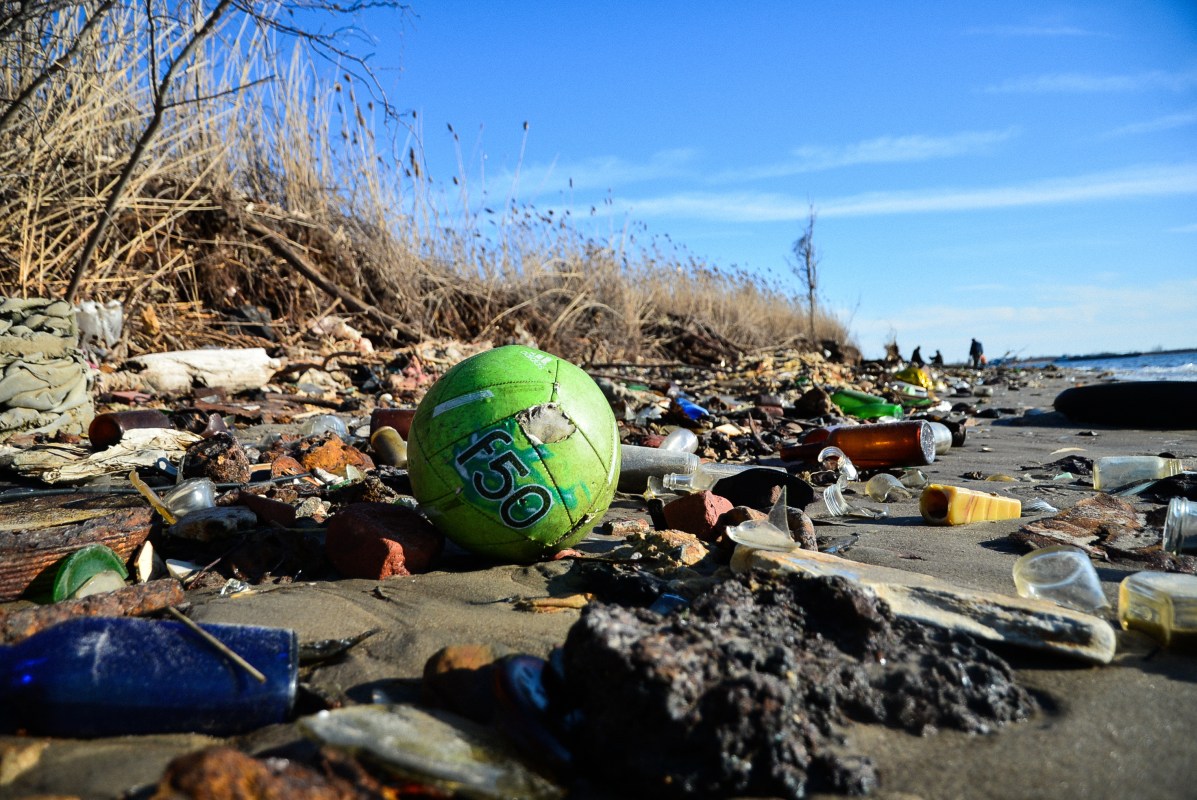This is a beach that’s best walked with shoes on. The sand on the shore of Dead Horse Bay near Rockaway Beach in Brooklyn doesn’t glitter innocently — it’s brimming with pieces of broken bottles and glass that tinkle as the waves lap over them. A kind of trash graveyard from the residents of New York past, it’s possible for visitors to see anything from dentures and forgotten baby dolls to sun-bleached horse bones poking up from between the dunes.
That’s because this modern-day archaeological dump was once a beach of Barren Island — now Floyd Bennet Field — a piece of land used for industrial purposes and disposing of New York City’s garbage in the 19th and early 20th centuries, including the carcasses of dead horses.
When the island was an active dumping sight, the smell was said to be unholy, with then-mayor Theodore Roosevelt calling the island a “nuisance of the worst kind” in 1899. The New York Times reports that trash fill was used to connect the island to the mainland in 1926, and things progressively declined from then on. Condemned by the prolific developer Robert Moses in 1936, the few living on the island were forced to leave by 1942.
In the 50s, Moses continued to expand the island using trash, but as the Times notes, only used topsoil to cover it. Erosion in the decades since has released much of that trash, which blends with newer discarded items to create what is perhaps the National Park Service’s most filthy piece of land in the country. Take a look at what RealClearLife saw during a recent visit.
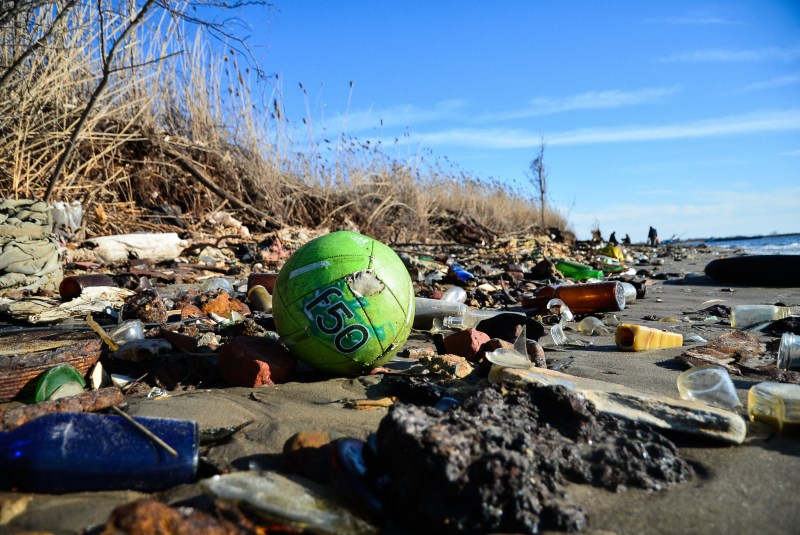
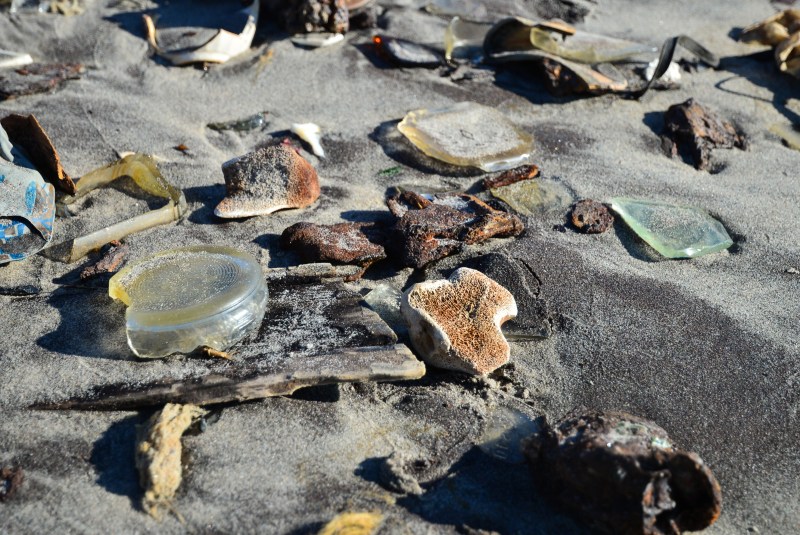

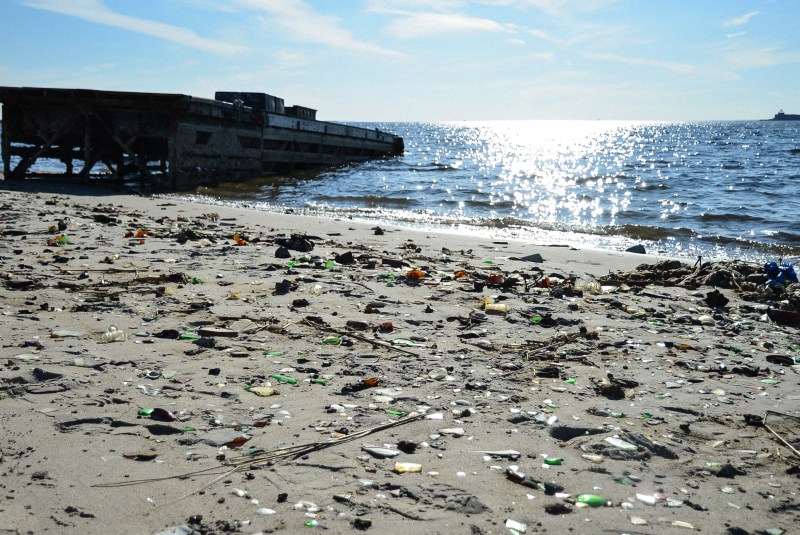
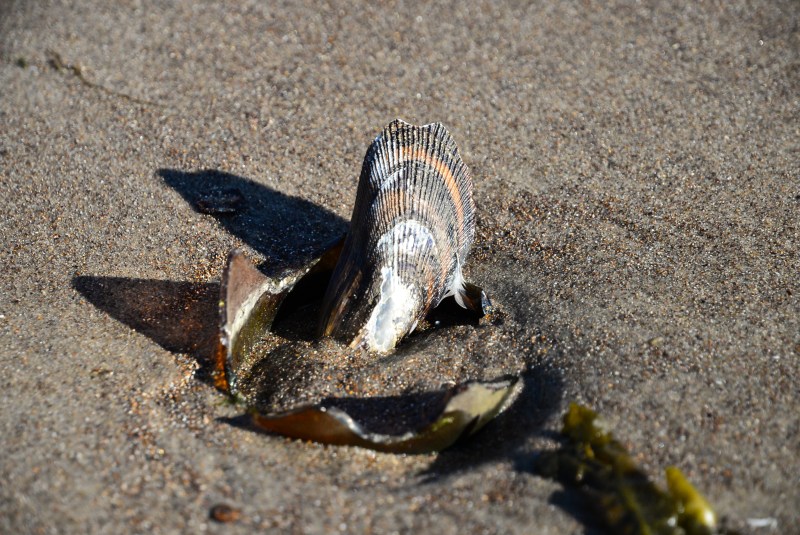
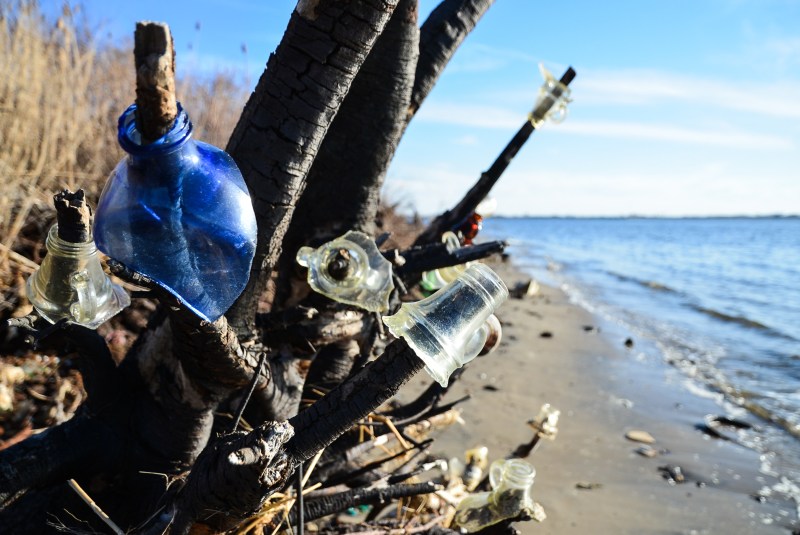
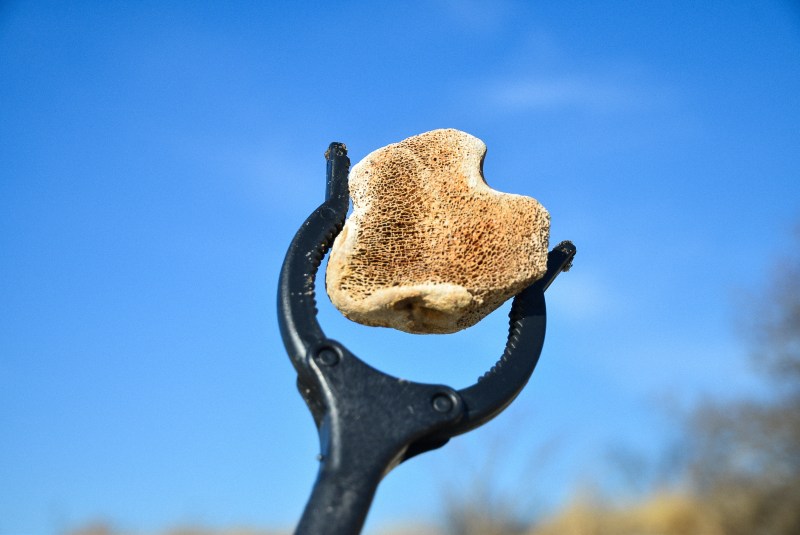
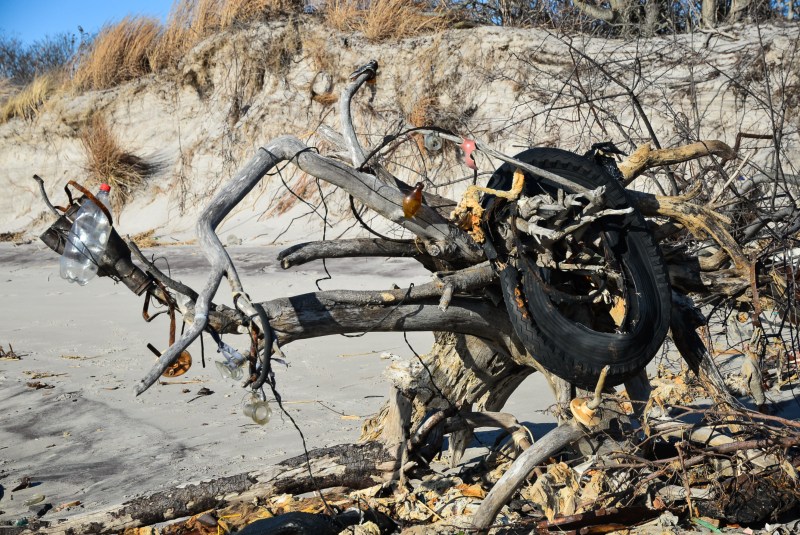
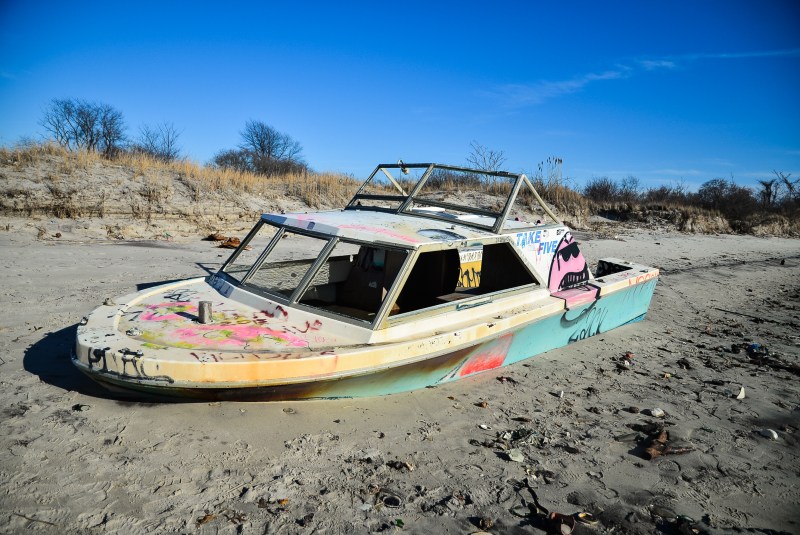
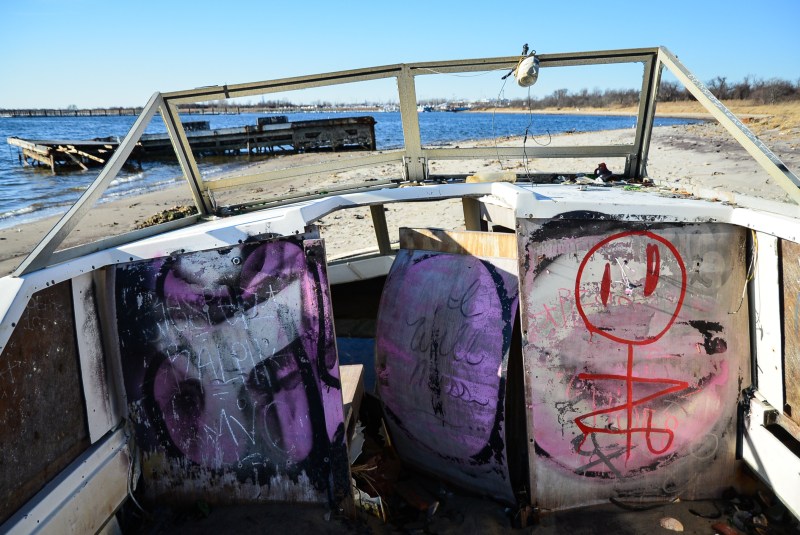
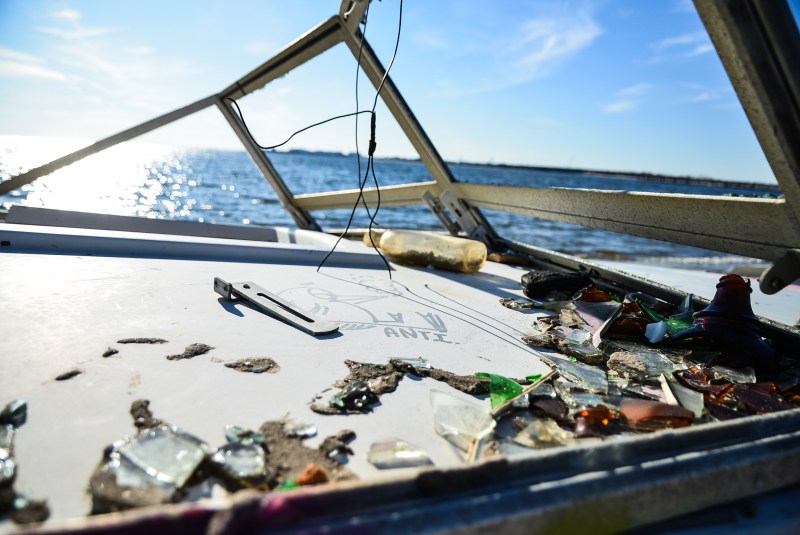
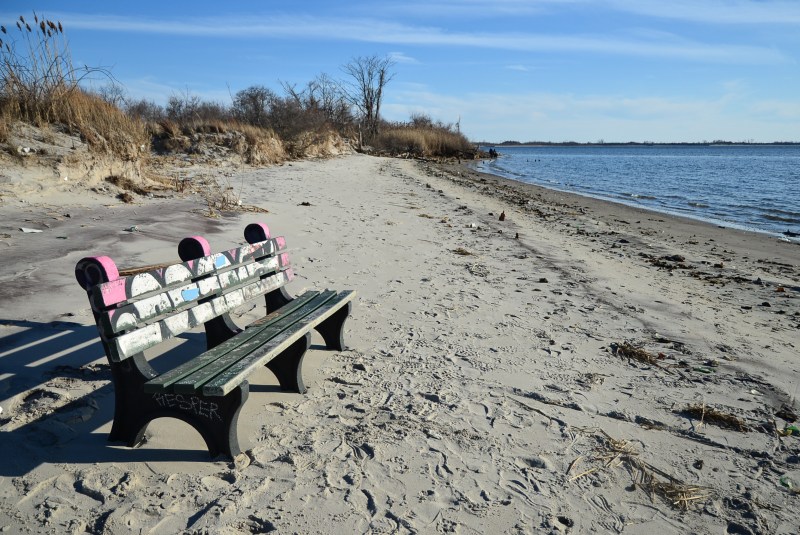
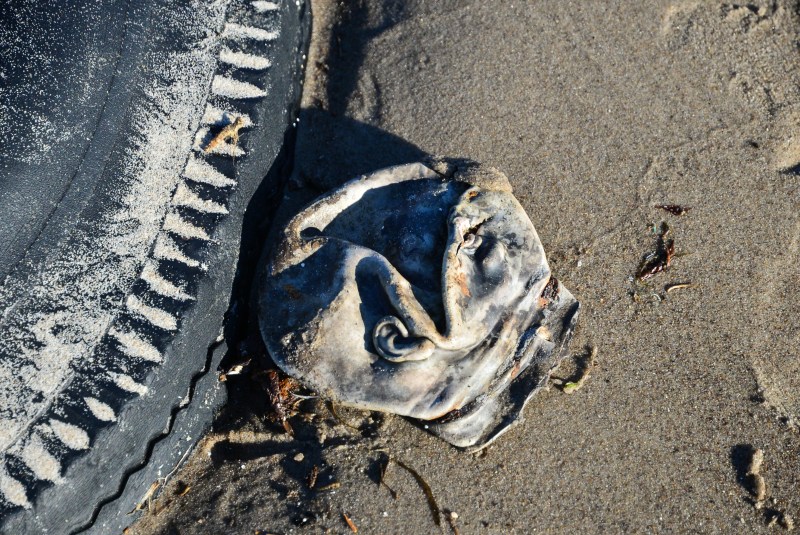
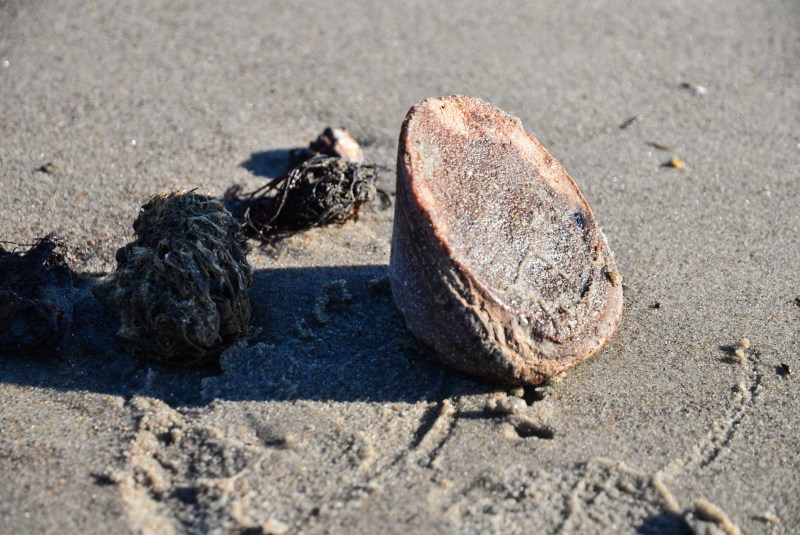
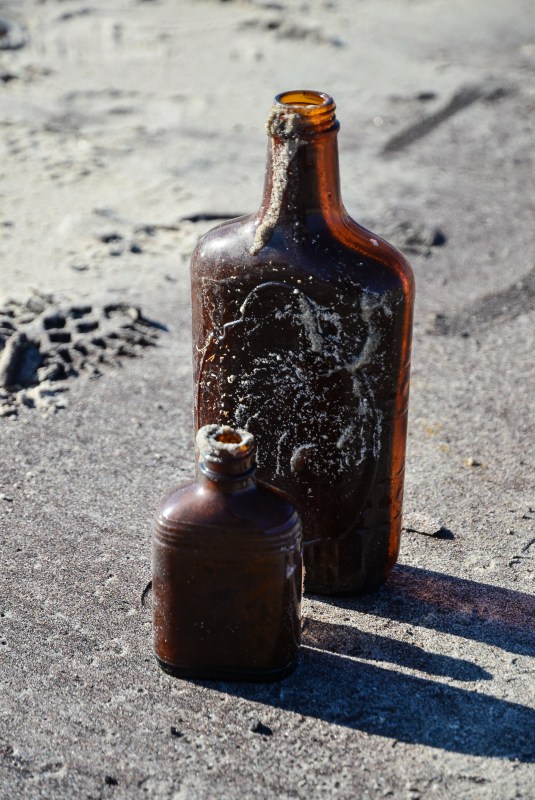
This article was featured in the InsideHook newsletter. Sign up now.
